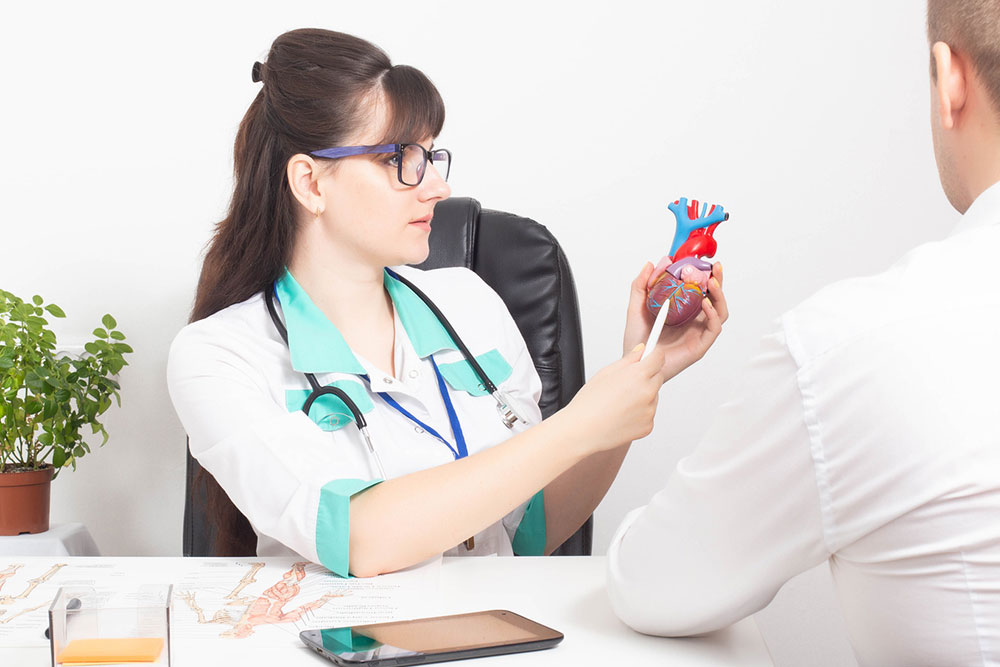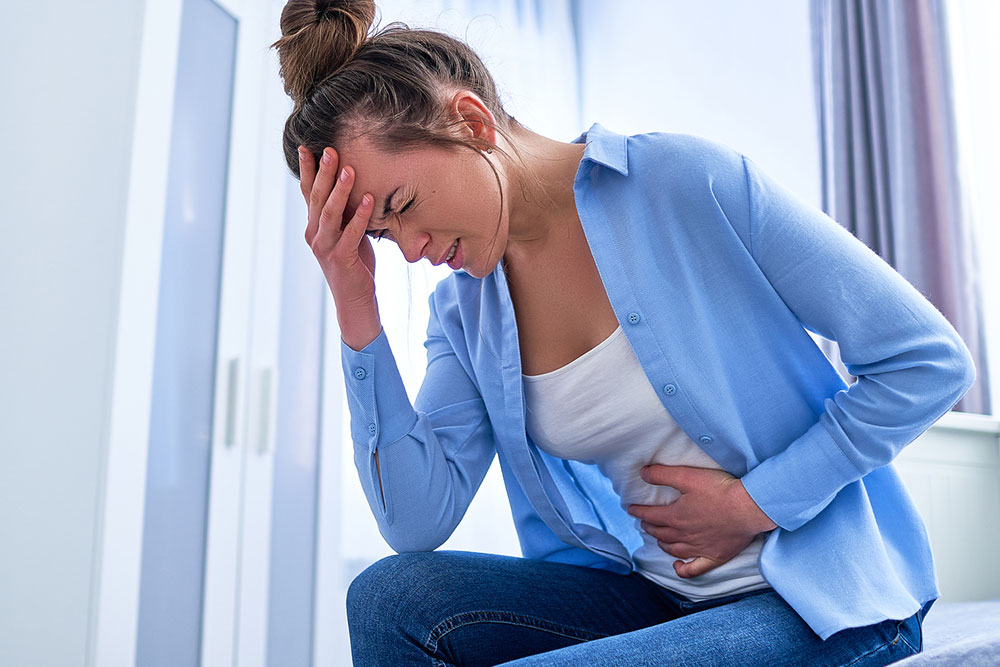8 tips for preventing aortic stenosis

Aortic stenosis is a heart condition caused by the narrowing of the aortic valve. The condition may go unnoticed for years before it worsens, so proactive measures may be required for prevention. Understanding its causes, risk factors, and symptoms is pivotal in developing a robust prevention strategy. So here are a few tips that can help fortify heart health. By incorporating these practices, one can significantly lower the risk of developing aortic stenosis.
Understand the causes
The narrowing of the aortic valve due to aortic stenosis limits the flow of blood through the heart. This may develop due to multiple reasons. Recognizing these factors can help one take proactive steps toward prevention:
– Aging and associated natural wear and tear of the aortic valve over time can lead to narrowing.
– Accumulation of calcium on the valve can cause it to stiffen and narrow.
– Congenital heart problems, i.e., abnormalities in the aortic valve at birth, can lead to aortic stenosis.
– Untreated strep throat or scarlet fever can lead to valve damage.
– Certain autoimmune disorders and inflammatory conditions can trigger valve inflammation.
– Having a two-leaflet valve (bicuspid aortic valve) instead of the normal three can lead to stenosis over time.







